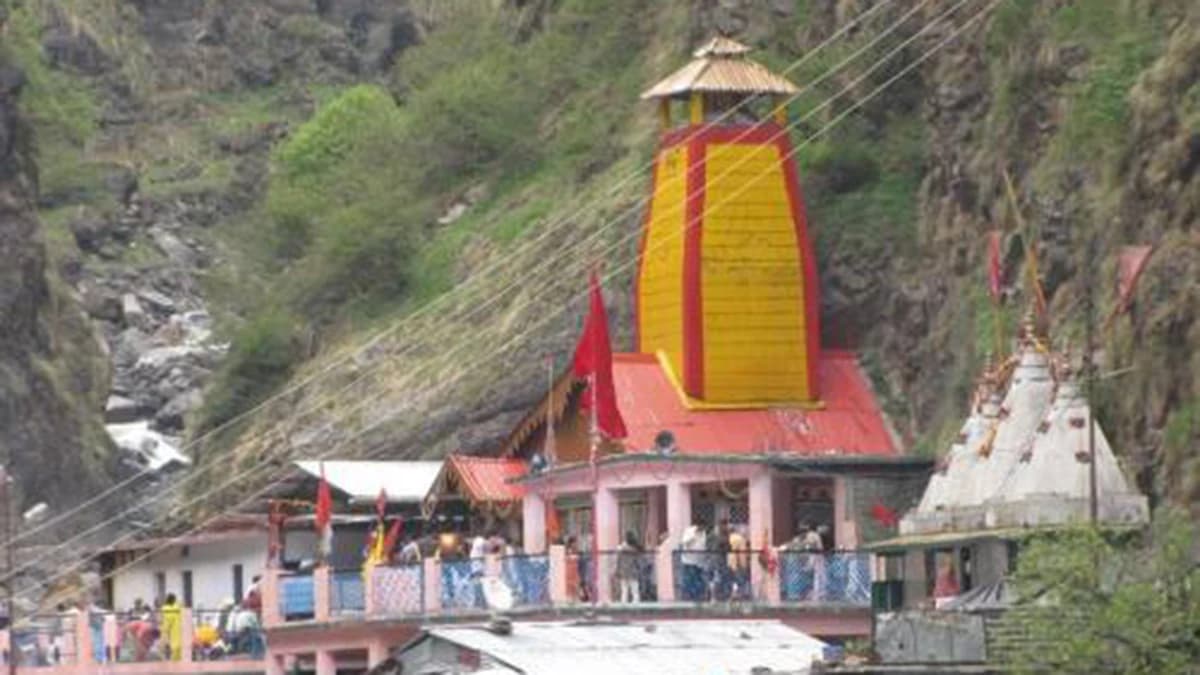Char Dham are the four temples in the Hindu Religion, namely: Badrinath, Kedarnath, Yamunotri, and Gangotri. It is believed that visiting and praying at these four temples allows people to gain Moksha (Salvation). The holy abodes of the Gods and Goddesses are on the high altitudes, on the laps of the Himalayas. As per the tradition, Touch Kailash Travels and Tours has designed the Char Dham Tour to begin from the West and conclude in the East, starting from Yamunotri, then Gangotri to Kedarnath, and ending at Badrinath.
Contact Us for more package details and information on the Char Dham Yatra.
Highlight:
- Badrinath, Kedarnath, Gangotri, and Yamunotri Visit and Darshan
- Picturesque views of the Himalayas
- Road trip on the Himalayas

